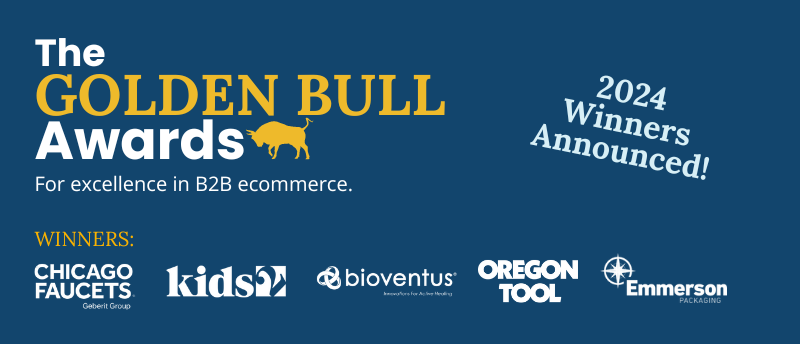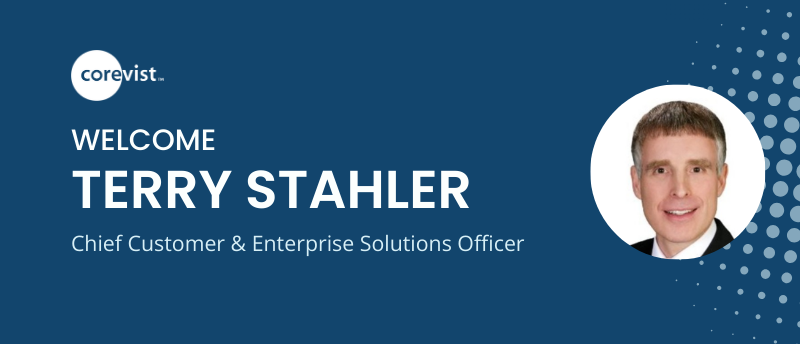Share
Author
George Anderson
Share
5 Questions For SAP Ecommerce
In a recent tweet, CIO thought leader Isaac Sacolick listed 5 questions to ask before starting a machine learning proof of concept (with 5 more questions on his blog). While Isaac was talking about machine learning, it’s worth applying these 5 questions to any new initiative—including SAP e commerce.
Here’s that tweet, and the first 5 questions:
10 Questions before starting a Machine Learning POC
* What is the business value
* Do you have data
* Do you know what’s good
* How good is good enough
* How feasible is it to implement+ 5 more > https://t.co/sA00tEfVaJ #ML #MachineLearning #BigData #CIO
— Isaac Sacolick (@nyike) April 30, 2019
In this post, we’ll reframe those questions in terms of SAP ecommerce. Here’s how you can use those questions to start formulating your SAP ecommerce plan.
1. What is the business value?
We covered this point in a recent post. In a nutshell, there’s one question you MUST ask yourself as you plan your SAP ecommerce initiative: What percentage of your overall revenue do you want to flow through ecommerce?
Answer that question, and you’ve just defined the business value you’re targeting to get from ecommerce.
Of course, it’s not just a simple matter of defining your target. That’s only the first step. To hit that target, you’ll need to engage your customers through an intelligent communications plan—before rollout, during, and after.
2. Do you have data?
You’ve defined your business value as the total percentage of overall revenue you want to get through ecommerce. But how difficult will it be to make that a reality?
To answer that question, you’ll need data—from your industry at large, but also from your customers. What do your customers think about ecommerce? Chances are, some customer segments will be eager ecommerce adopters, while others may need extra incentives to get them to come back to ecommerce again and again.
If you don’t know the ecommerce needs of each customer segment, you need to find out. You can start with customer surveys and feedback-gathering from CSRs and sales reps.
Once you can paint a picture, with data, of each segment’s ecommerce needs, you can use that data to inform your ecommerce plan as a whole, including adoption incentives.
Here are some quick links to articles on driving ecommerce adoption:
- Easy Promotions In Corevist Commerce
- Boost Your SAP Ecommerce Revenue
- 8 Steps To Driving Ecommerce Adoption
3. Do you know what’s good?
Don’t assume that the “obvious” solutions in SAP ecommerce are your only options. For example, SAP hybris (now Commerce Cloud) isn’t integrated to SAP out of the box. That’s no small problem. It will require you (or a systems integrator) to build the integration from scratch, likely using middleware. As we’ve documented in this post, a solution that depends on middleware offers several disadvantages as compared to a direct, real-time integration like Corevist Commerce.
Keep that in mind as you evaluate alternatives to hybris (like Corevist Commerce).
4. How good is good enough?
Here’s another case where the big solutions (like hybris) are simply too big. For example, in an SAP-commissioned report, Forrester examined the total cost of ownership for SAP hybris. The results are a bit staggering:
- $1.6 million – total licensing cost over 3 years
- $4.2 million – other ongoing cost over 3 years
- $880,000 – implementation fee (1-time)
- $6.7 million+ – total cost of ownership over the 3-year timespan examined
Now put those stats in context for Corevist Commerce clients. Manufacturers using Corevist typically spend 0.005% – 0.0590% of ecommerce revenues to keep their Corevist Commerce stores up and running.
The problem here is that the platform is simply too big for many manufacturers. We hear that frequently—for example, Brian Poole, IT Director for our client, Bioventus:
“We looked at hybris, but it was just too big. Plus it wasn’t integrated to SAP out of the box. We would have to build all the integration points to SAP, even though it was an SAP application.”
–Brian Poole, Director, IT Arch. & Engineering, Bioventus
Obviously, hybris is only one option for SAP ecommerce. But it’s imperative that manufacturers know “how good is good enough” as they evaluate platforms. Manufacturers should prioritize rich content, personalized real-time data from SAP, and low total cost of ownership. Corevist Commerce delivers on all 3 of these.
5. How feasible is it to implement?
The answer to this question is directly tied to your SAP integration method. Here’s how our CEO Sam Bayer put it in a post on integrating Magento to SAP:
“The shores are littered with the remains of project teams who have attempted Magento-SAP integrations for the purposes of B2B eCommerce. But here at Corevist, we’ve built 125+ Magento storefronts integrated to SAP—and counting.”
Unfortunately, in the world of SAP ecommerce, integration often gets left for last—which means it never happens. In that case, you end up with two standalone systems (SAP and ecommerce) which require data maintenance and business rule upkeep in two separate places.
Our CEO put it this way in this post on comparing hybris to Magento:
“When marketing organizations bring in a hybris SAP integration (or Magento, which we prefer) to solve the rich user experience problem, they drop the integration to SAP challenge on the doorstep of IT like an abandoned infant at an orphanage. The solution? Duplicate everything that’s in SAP® onto the eCommerce platforms, whether hybris or Magento. Duplicate everything. Customers, products, pricing, inventory, credit rules, freight selections, deliveries, order documents, etc. … That is not ‘integration.’ That’s ‘duplicate and synchronize’.”
The Takeaway: Prioritize real-time SAP integration in ecommerce
Real-time SAP integration solves all of these issues in ecommerce. As you’re evaluating solutions and building a plan for your ecommerce initiative, make sure your short list of platforms will give you real-time SAP integration.
Moving forward: FREE case study
Wondering how a smart rollout plan looks in real life? Download this case study on Mannington Mills. You’ll learn how this manufacturer of flooring launched a Corevist Online Ordering Portal, then added a Magento catalog for rich content and grew digital sales by 150%.
[want_more title=”Learn more” subtitle=”FREE Case study: 150% Sales Growth with Rich Content” description=”Learn how a leading flooring manufacturer more than doubled sales with a B2C-style catalog.” button_text=”Download Now” button_link=”https://www.corevist.com/mannington-mills/” button_class=”btn btn-primary mannington-ae” title2=”See it for yourself” subtitle2=”Talk to us” description2=”Curious what Corevist Commerce can do for you? Let us show you a personalized demo. You’ll see ecommerce with real-time SAP data.” button_text2=”Schedule Demo” button_link2=”https://www.corevist.com/demo/” button_class2=”demo-popup”]








